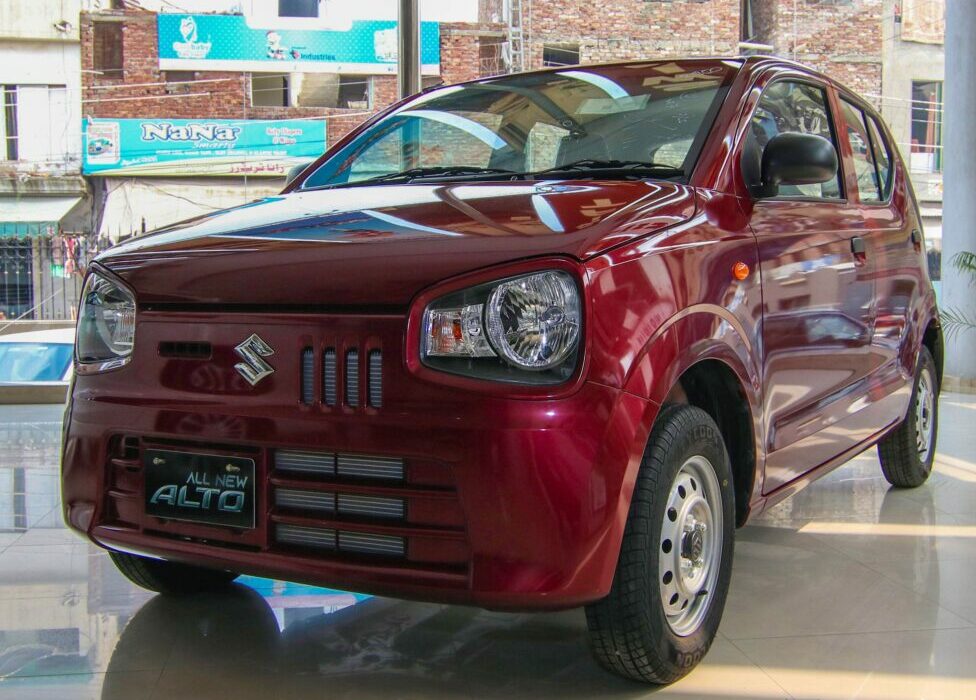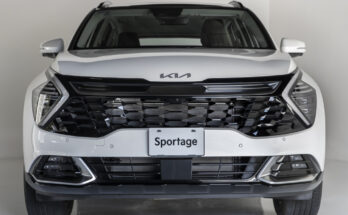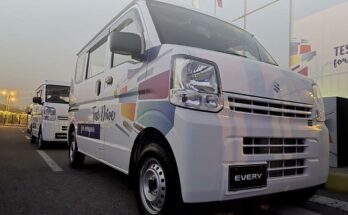Car prices in Pakistan are once again witnessing a wave of hikes, and it’s been constantly happening at an interval of fewer than 3 months on average in the last few years. The reason once again has been cited as the depreciating currency value which has now seen PKR touching a new record-low against the US Dollar. At the time of putting down this article, $1 USD stands equal to Rs 182.20 (www.xe.com).
However looking at the increase in prices, makes us wonder whether the price hike is really proportional to the currency depreciation. For example Indus Motor Company (IMC) the assembler of Toyota cars in Pakistan citing currency & rising freight cost issues, has just increased the prices of its local CKD assembled products by Rs 2.87 lac to up to Rs 12.57 lac depending on model & variant. Bear in mind the last increase in prices of Toyota cars was made applicable from 1st January 2022, less than 3 months ago due to the same reasons mentioned above.
Related: A Market Where Cars Are Expensive Than Residential Property
In January 2022, the Rupee was hovering around Rs 177+/- against the US Dollar and has depreciated by around 2.8% since then– say less than 3%. However, the increase in prices of Toyota Corolla is from 10.9% to up to 11.66%, that of Yaris has been around 10.98%, Hilux Revo by 10% and Fortuner by 11.59%. This has been the case with almost every automaker, not just Toyota that the increase in prices never seems proportional to the cited currency depreciation. While there hasn’t been much difference in the freight & shipping costs within the last 3 months as well.
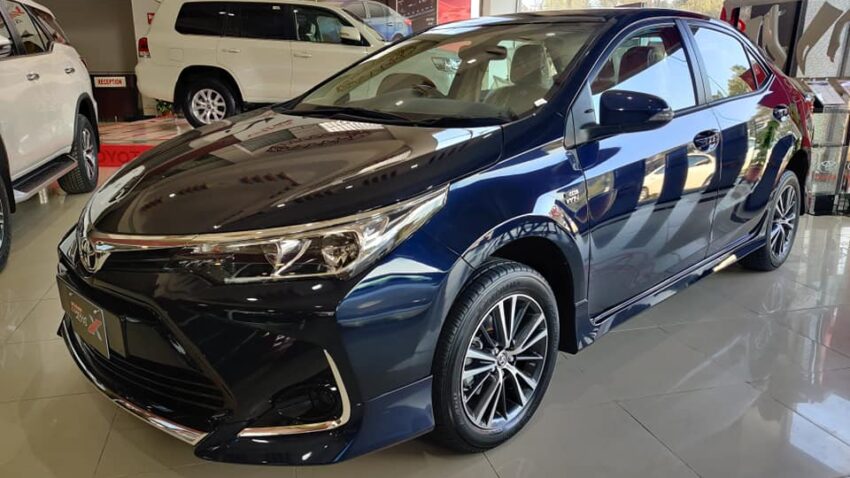
Other industry players are now expected to announce their price revisions soon, once again perfectly maintaining the 3-months revision cycle. This also nullifies the high localization claims made by local assemblers since the impact is always entirely transferred to the customers, and as discussed above, it has been much more than the actual difference in forex rates.
Related: These Clauses Should be Included in AIDEP 2021-26 Framework
The huge price hikes are usually made to maintain the profit margins anticipating a decline in sales, and that’s why despite all the problems cited above, the auto assemblers are enjoying thick profits as reflected in their quarterly financial results. On the other hand, sales are high mostly because of a huge presence of scalpers in the market, who intend to make a profit out of each deal by selling the car to genuine customers against premium/ on-money.

So far assemblers are happy since the units go fully booked within no time, of course, thanks to the majority presence of scalpers in the market. According to research by the Pakistan Institute of Development Economics (PIDE), up to 90% of passenger vehicles in Pakistan are sold against premium/ on money. The research also disclosed that the automobile sector has made undocumented transactions worth up to Rs 170 billion during the last 5 years under the head of additional charges, better known as own/ premium, paid to the dealerships to get immediate delivery of a vehicle.
Related: Soaring Car Sales- Real Buyers or Investors?
However, with constantly increasing prices that have gone past the level of sanity, and tightened auto financing, the scalpers will soon find it difficult to find genuine buyers. This has already been anticipated by assemblers according to whom, sales of locally assembled new cars are expected to be reduced by 15% by June 2022. There is a reason why, despite healthy sales, IMC has stopped disclosing individual sales numbers of Corolla & Yaris and Fortuner & Hilux, future sales numbers are really going to be deplorable, and the assemblers know it.
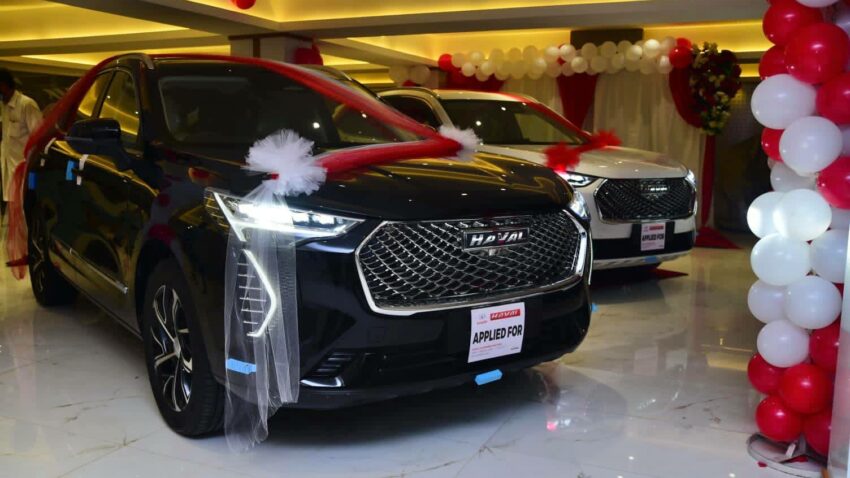
Most of the newcomers have introduced super-expensive crossovers in recent years whereas the presence of quality options among sedans and small hatchbacks remains scarce. Industry players attribute this phenomenon in Pakistan’s auto industry to the global trend of rising SUV demand, however, the fact of the matter is that the profit margin in the SUV segment is much higher compared to hatchbacks and sedans. So instead of focusing on volumes, it’s very easy for assemblers to sell a few expensive units rather than selling a large number of affordable cars with wafer-thin profit margins.
Related: Auto Sales Trend Renders Widening Economic Divide in Pakistan
Today an average sedan that cost Rs 3.6 million requires the consumer to pay Rs 66,000 per month on a 5-year loan at the prevailing interest rate, assuming a 20% down payment. How many do you think are able to pay this hefty amount just to repay the installments, keeping fuel & maintenance and everything else aside? And we are just talking about an ordinary sedan here, just calculate the same for expensive cars most of which are residing beyond the Rs 5 million range in our market.
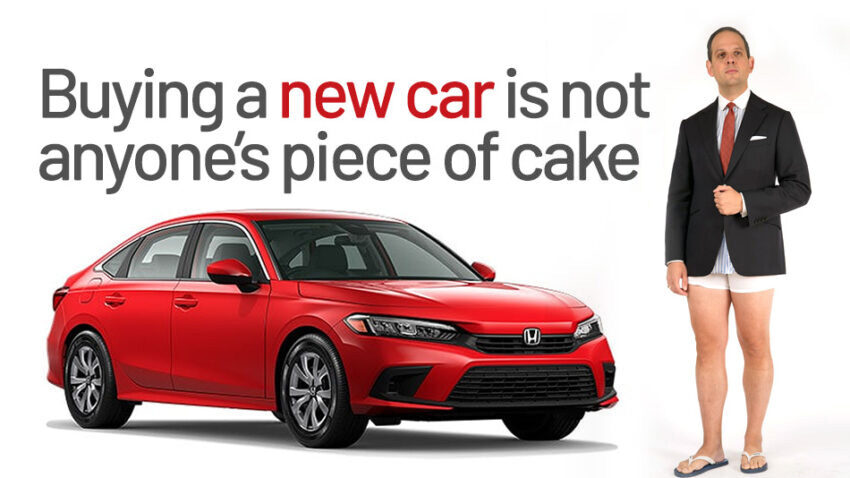
Sales of new cars will remain alive as long as there are scalpers in the equation, however when these people realize there are no genuine buyers left in the market, and they are not getting the true returns of their ‘investments’, they will pull out of the game and the sales will collapse faster than the World Trade Center. With Rupee reaching a record-low, and car prices going higher like never before, and ordinary cars like Honda Civic for over Rs 6 million, Toyota Corolla for nearly Rs 5 million, the City and Yaris for over Rs 3 million, and most of the new offerings well beyond the reach of the masses, the future of new vehicle sales perhaps isn’t going to be as bright as its being painted.

A computer animation professional with over 23 years of industry experience having served in leading organizations, TV channels & production facilities in Pakistan. An avid car enthusiast and petrolhead with an affection to deliver quality content to help shape opinions. Formerly written for PakWheels as well as major publications including Dawn. Founder of CarSpiritPK.com

